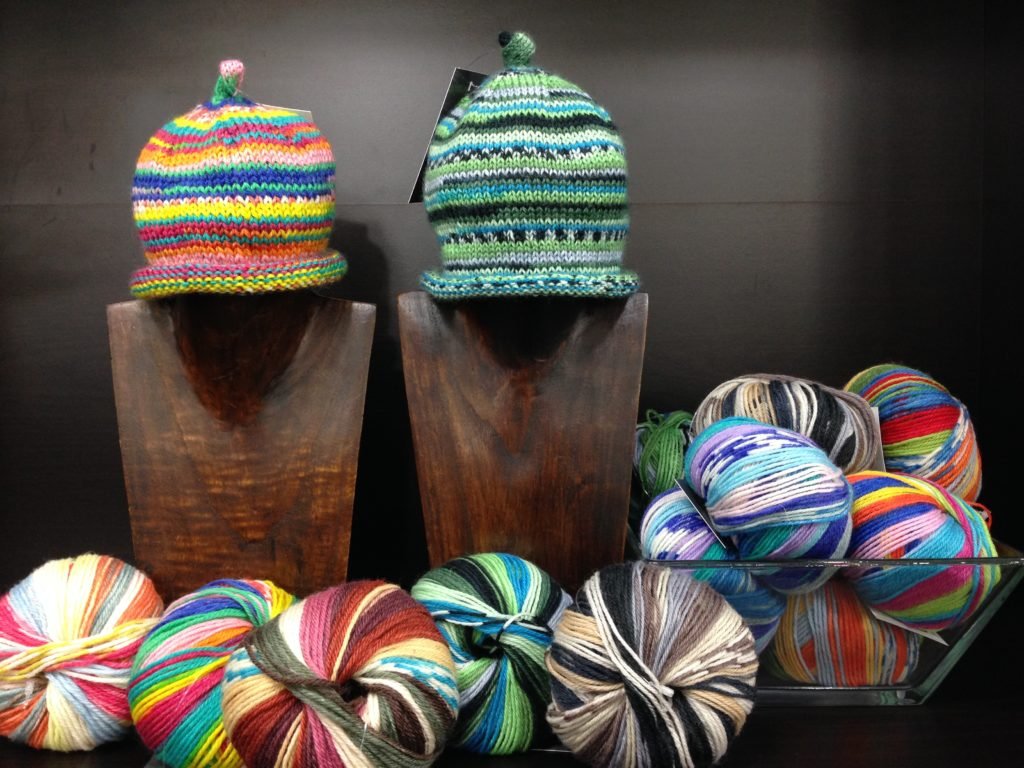A naturally–obtained interconnected long sequence of fibers is known as yarn. This material solves a length of purposes to the international clothing, ranging from sewing, weaving, knitting to textiles. The thread is one of the most common categories of this textile material, which is widely used for both hand and machine sewing. Nowadays, top quality threads can be finished with any sort of lubricants such as the wax to weather the stress. Another, sewing thread type is the embroidery thread where you can get your favourite design digitized from embroidery digitizing company, which is perfect for embroidery, done via hand or machine. Over the years, this fiber type has cemented its position in the global textile industry, and now even come with latest advancements to meet the evolving needs of our modern society.
The origin of this Fiber Material
The roots of the word Yarn comes from the Middle English, gearn in old English, Chrorde String in the Greek language and in Sanskrit it is akin to Hira Band.
The composition of this Textile Material
This popular variety of interlocked fibers is further subdivided into two categories, one is the natural fibers, which is created using high–quality naturally obtained fiber. Now, the second variety is the synthetic fibers, it is made from non–naturally extracted fibers. Each of these types varies in terms of us and look, therefore, has a diversity of implementation in the textile industry. The two popularly selling types of this material are the spun and the filament.
Natural Vs. Synthetic Fiber
In contrast to synthetic fiber category, the naturally–occurring fiber needs the highest care because they have the ability to develop a number of common clothing issues; these include the wrinkles, stain, fade, stretch, and much more. They even get eaten away by moths. This is why the manufacturers perform a number of treatments to fix all the above issues, in order to strengthen the material, fasten the material, and thus enhancing all the fiber properties. People often complain about developing rashes from the Protein yarns, leading to hives or other reactions, for these people plant yarns are best–recommended material by doctors around the world.
Today, this one category of fibers, which is quite popular in the consumer material, it is a type that combines to the perks of both natural and synthetic fibers, exchanging properties of each other to offer the best set of advantages to the end consumers. Here, synthetic fiber is made to seamlessly blend with natural fiber to serve a plethora of purposes, now the fiber material becomes more durable, stay clear of color fading, cost reduces, becomes machine washable, resistance to heat and strain. Thus, in the other solving the entire common problems confronted by the natural fiber.
Coloring Of Yarns
When it comes to color, the yarn can be left undyed or can be transformed into the color scheme you want, with the use of synthetic dyes.
Yarns are great material, with an ocean of possibilities for the textile industry, with people worldwide starting to embrace natural fiber and its combination with synthetic material.

